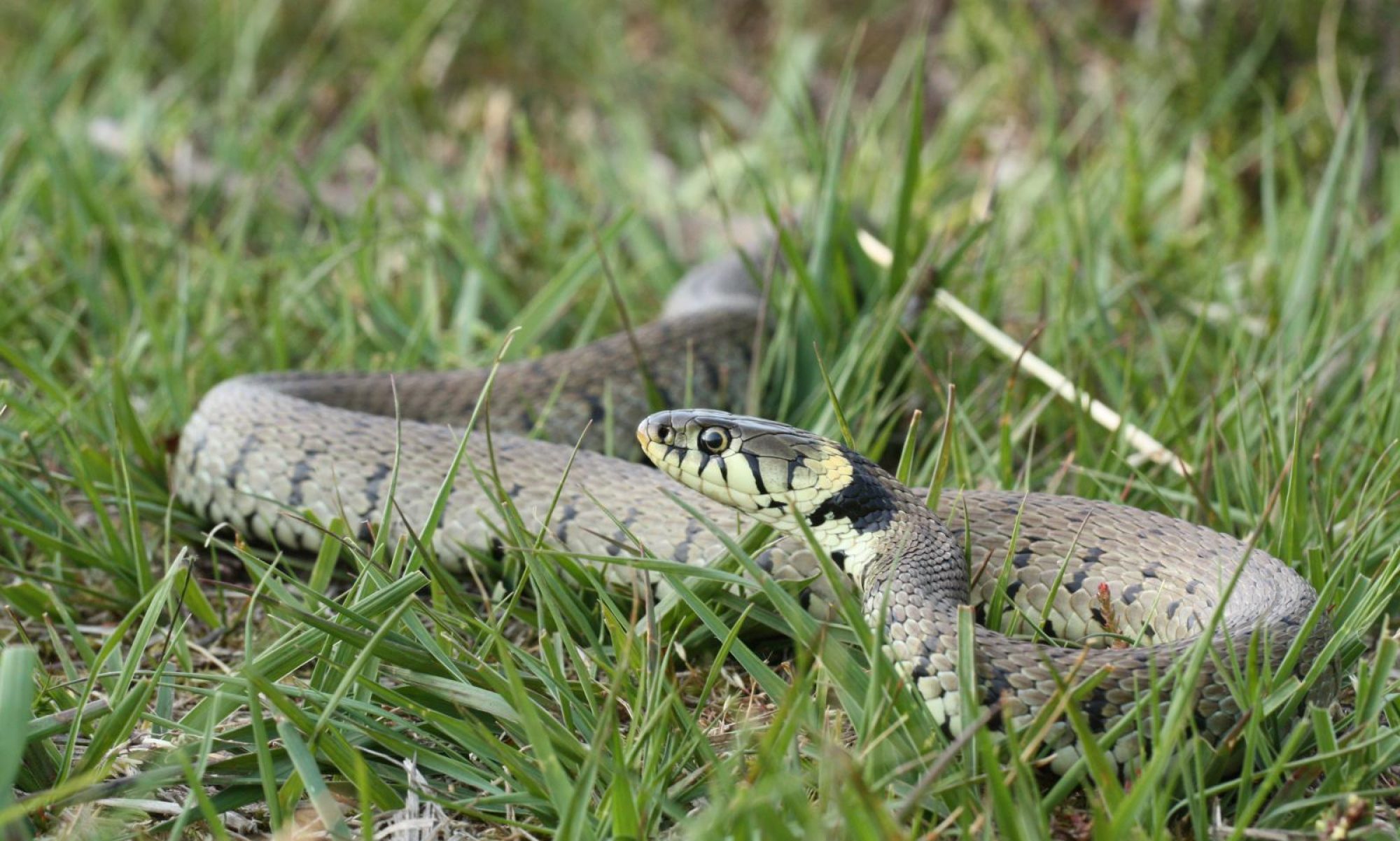From time to time freshwater terrapins turn up living in a feral state in Britain. These stem from the pet trade and are the result of the illegal release of unwanted animals into the wild, usually after their owners tire of them, or they outgrow their living accommodation.
The majority of the terrapin species that make up the commercial pet trade originate from parts of the US where they experience considerably higher temperatures than they do in the UK. When they get released into the wild here they have no opportunity to acclimatise to the Northern European climate and consequently the vast majority of them very quickly succumb to the cold; to survive their first winter is an extraordinary achievement, to survive multiple winters is improbable. Nevertheless a small proportion of them do survive, at least for the short term.
The terrapins most regularly encountered in the pet trade, and consequently most regularly encountered living feral in Britain, are the Red-eared slider Trachemys scripta elegans and the Yellow-bellied slider Trachemys scripta scripta; although several species of Cooters, belonging to the Genus Pseudemys and Map turtles of the genus Graptemys also appear occasionally.
Because they are all pets that have been released, most records of feral terrapins come from locations around towns and cities, but occasionally they are found in the wider countryside.
The National Terrapin project co-ordinated by Trevor Weeks collects records of terrapins in Britain, however they have no formal records for Somerset, and only one sighting in the unitary authority of BANES of a single animal in the Kennet and Avon canal at Keynsham, in 1998.
While formal records may be scarce there is a much greater body of anecdotal evidence for their existence in the area. Portishead lake is reputed to have several terrapins living in it. In 2011 one of the town councillors saw one himself and asked the park rangers to capture them and take them to a refuge, but as far as I am aware none have yet been removed from the lake. The Yeovil and District Natural History Society reported observations of red eared terrapins in the lake at Ninesprings in Yeovil Country Park in 1998 and the Exmoor Natural History Society record one living in Dunster Hawn Pool near Minehead from 2008 until 2011. Additionally, I have had a credible report from Scott Rice of Kingcombe Aquacare of a terrapin he saw in the river Parrett near Langport during 2010.
I myself have encountered terrapins on two occasions; the first was a red-eared slider in Abbots pool near Abbots Leigh in 1997 followed by a Yellow-bellied slider in 2013, which I was able to capture, in the river Axe at Yarley.
Much is made in the press of the potential ecological damage these animals could cause in British waterways, predating on native amphibians, fish and even waterfowl. However, their impact is probably greatly exaggerated. Once adult, these species are primarily herbivorous and although they may opportunistically include a few aquatic insects in their diet, the numbers of fish and amphibians they eat is likely to be vanishingly small. An attack on waterfowl by any of the species of sliders or cooters in the UK would be an exceptional event and the true ecological impact of a single terrapin is unlikely to far exceed that of a single common carp.
Along with low survivor-ship, terrapins are currently unable to breed here in Northern Europe as their eggs require much higher incubation temperatures than we experience. Therefore, while there is a problem with the illegal release of terrapins into waterways in Britain, it relates primarily to their welfare rather than to their ecological impact.
